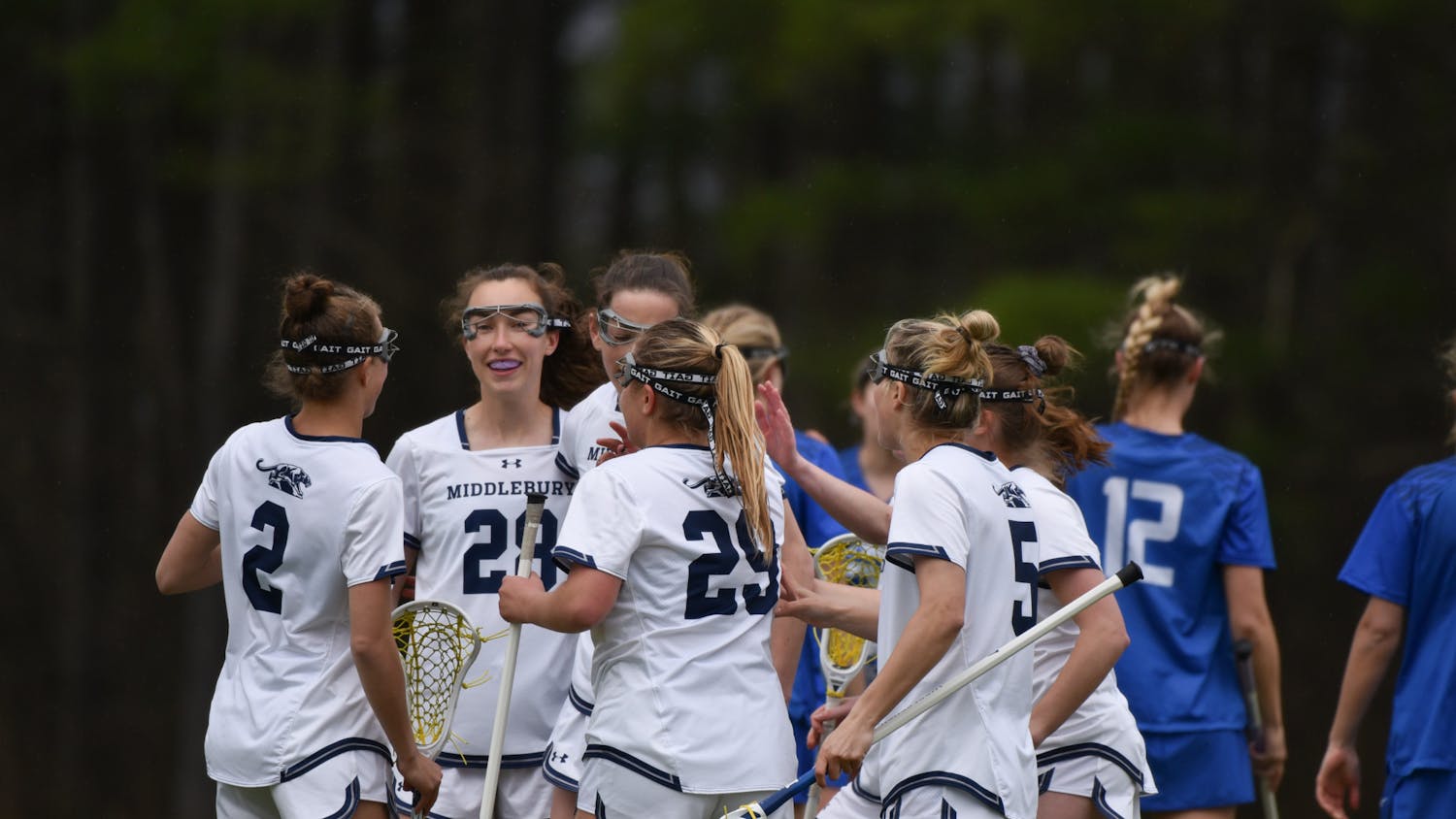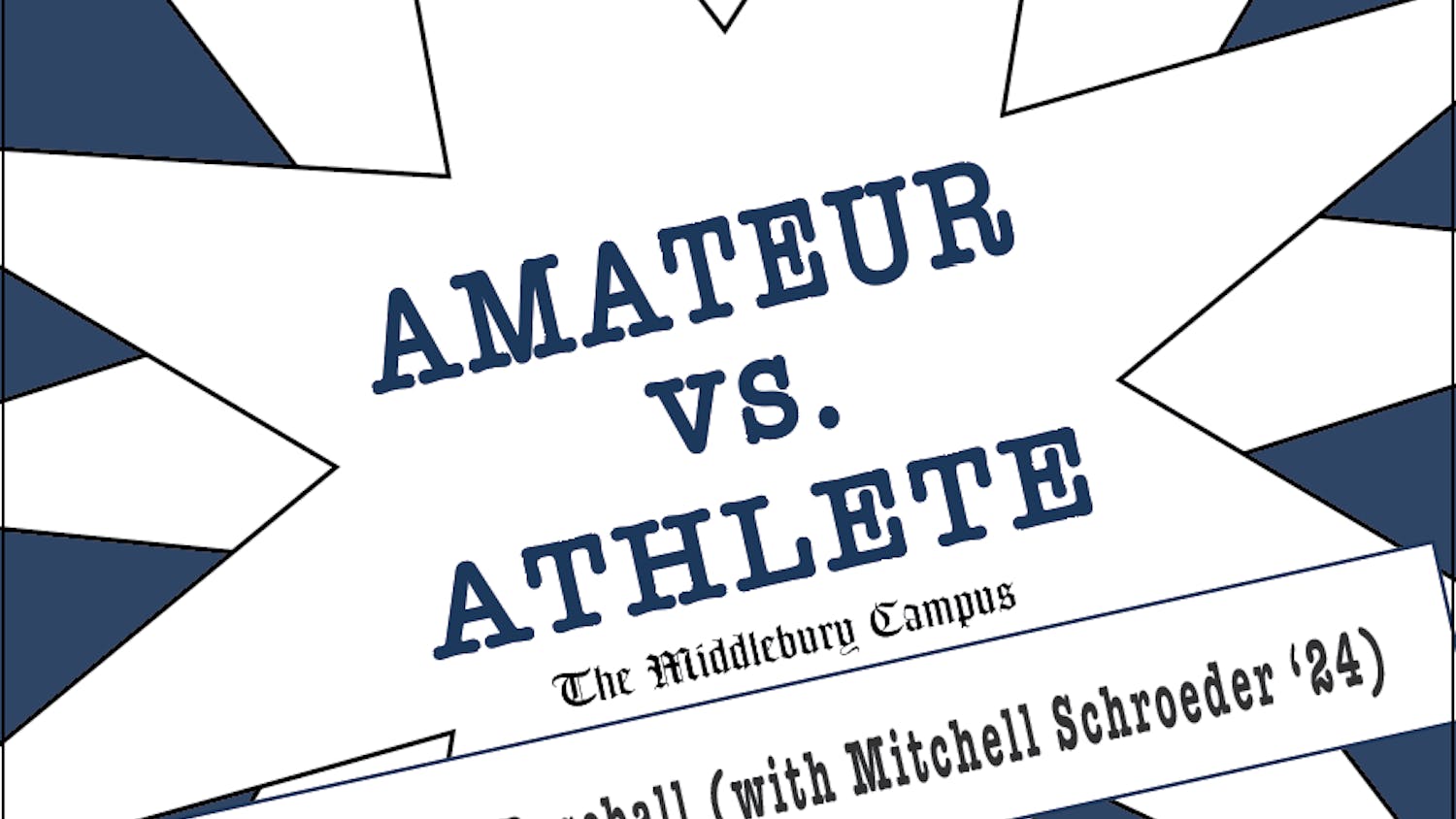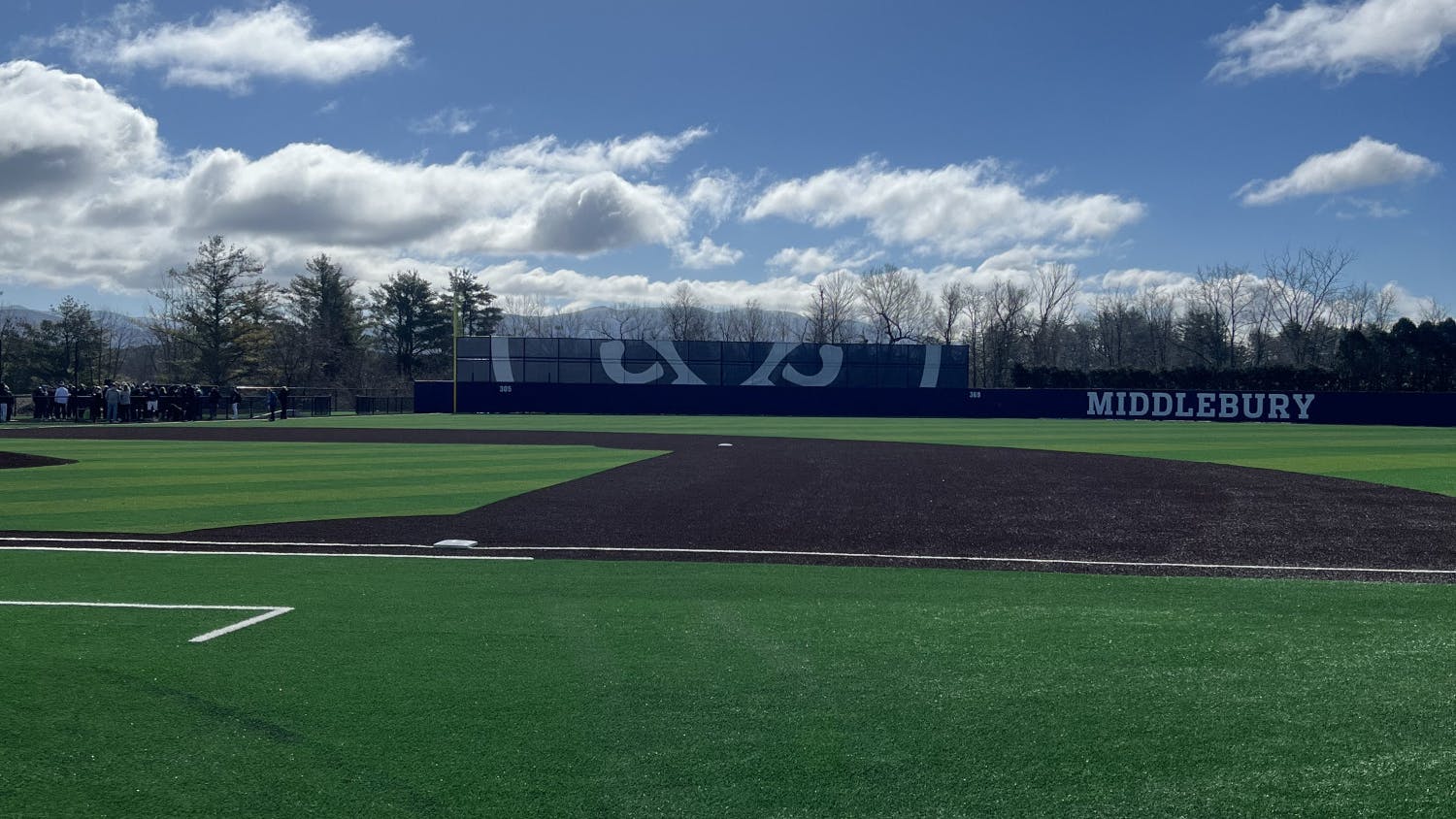Two weeks ago the Middlebury football team earned a win over Trinity that can only be described as historic. On the road in Hartford, the Panthers handed the Bantams their first home loss in over a decade. But just what does that mean? How good has Trinity been during that stretch to justify a decade of dominance? Unfortunately, because the NESCAC forbids out-of-conference play in football, it is really difficult to authoritatively answer those questions.
Since the NESCAC officially became a playing conference in 1999, none of the conference’s teams have played even one game against a non-conference opponent. The ban goes all the way back to a time in the NESCAC’s early history when athletic administrators – fearful that national competition could undermine the academic integrity of the member schools – initiated a ban on NCAA play in all sports. This ban was lifted in 1993 for every sport except football. Over the past two decades, teams from the NESCAC have gone on to win scores of national championships in over a dozen sports, leaving the conference’s 10 football teams to duke it out in competitive isolation.
The ban has hung around for this long because conference administrators recognize that football is a uniquely costly sport. Conference administrators are right-on in holding teams out of postseason play in football, as the Division III tournament stretches for over a month into late December, and tacks five games onto the existing schedule. But the goal of protecting athletes from overextended competition hardly justifies restricting teams to the conference’s miniscule eight-game schedule.
On the flipside, the ban has a slew of negative effects that are far more tangible.
It starts with a lack of tradition. As recently as the 1980s, Panther teams still squared off with in-state rival Norwich on an annual basis. Since the ban, that rivalry has been replaced on the schedule by an annual matchup with Hamilton, a game that Middlebury has now won 19 years in a row. The unfortunate reality is that the Rocking Chair Classic is the closest thing to a rivalry that Middlebury has. That is disappointing however you look at it.
It also includes a lack of competitiveness. In last week’s D3 Football national poll, teams from New England received a total of three votes (for comparison, top-ranked UW-Whitewater alone received 623). In the 10-plus year history of that poll, only one team from the NESCAC has appeared in the final top 25: an undefeated Trinity squad that snuck in at 25th way back in 2005. Clearly the country’s coaches, athletic administrators and media members think little of the level of play in the NESCAC. They are likely a bit skeptical of this one small conference that is so unwilling to show its stuff against the best in the country.
None of this is to say that national recognition should top the list of priorities for any Middlebury athletic team, but – as many of our other teams know all too well – the most meaningful victories in sports are those that occur on the biggest stages.
At schools across the country, training and facility improvements, increased access to recruiting resources and year-in-year-out competition continually raise the level of play. Has the NESCAC kept up with the national competition in football, despite the conference’s isolation? We have no way of knowing in the current system, but we could with one small change.
The NESCAC should allow its football teams to schedule up to two out-of-conference games each year, while keeping intact the existing prohibition on NCAA-tournament play. Such a policy has three main benefits. It allows the conference to maintain its stipulation that athletes not be dragged through the bloated 24-team NCAA football tournament, while enabling teams to reestablish long-lost rivalries. It would also reconnect the conference with a quickly rising national standard of play.
Just imagine the possibilities. Middlebury could open its season with the Battle for Route Seven against Castleton State. The Panthers could wrap up in mid-November with a long-awaited matchup with old rival Norwich. Maybe the team could head over to upstate New York for a tilt with national number-seven Hobart. Maybe the Panthers would surprise some people. Now that would be a historic win.
-Fritz Parker ’15 is a sports editor from Arlington, VA.



